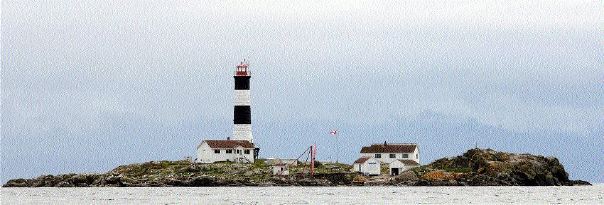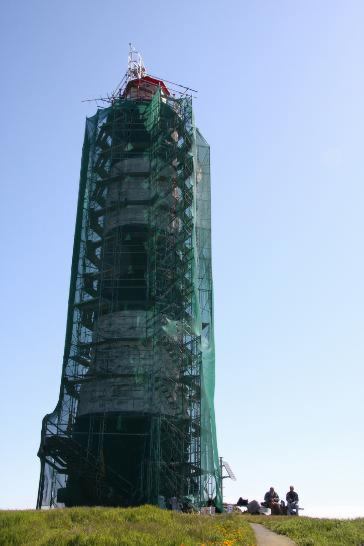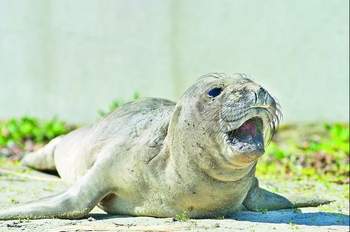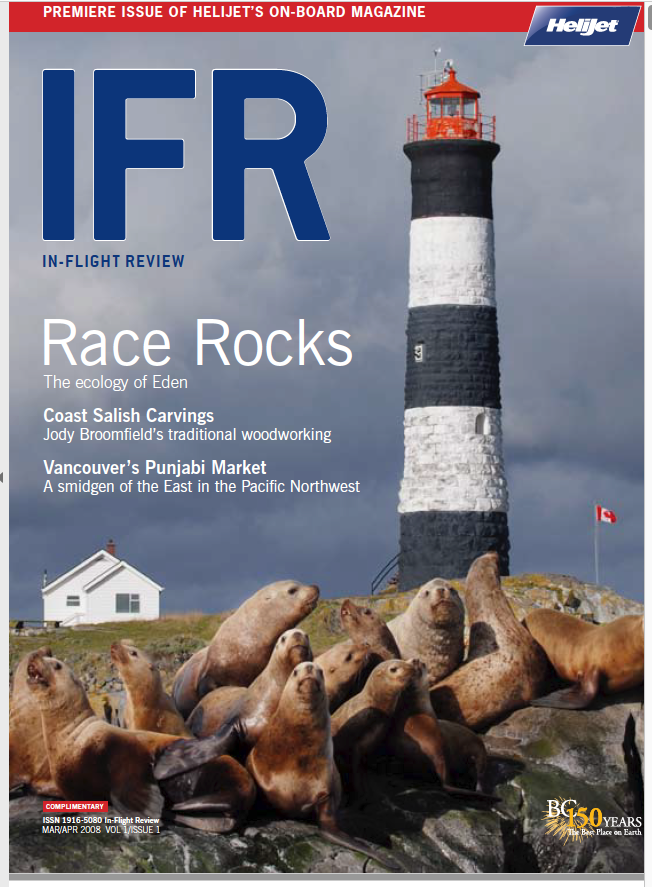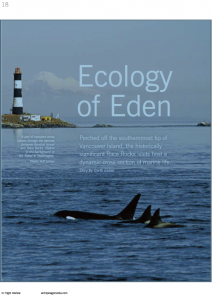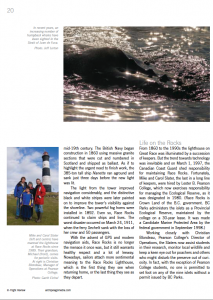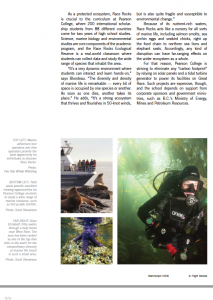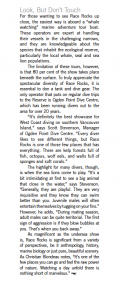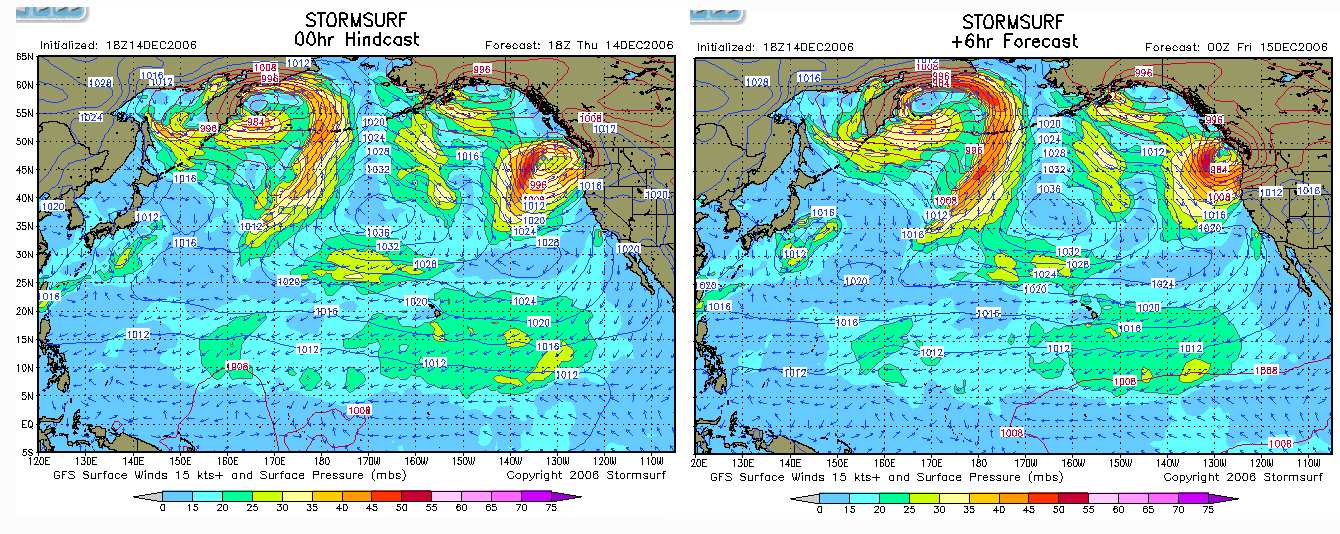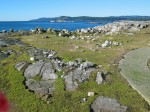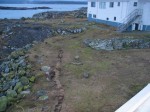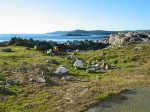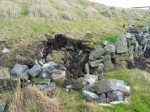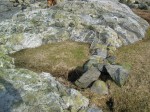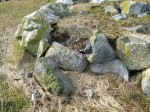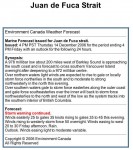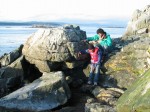Senators examining the proposed destaffing of lighthouses insist they want to hear from all sides when they visit Vancouver Island next week.
The members of the Standing Senate Committee on Fisheries and Oceans aim to hand its report and accompanying recommendations to federal Fisheries Minister Gail Shea by the end of the year.
In 2009, Shea announced lightkeepers would be eliminated. But a public outcry prompted her to ask the senate committee to investigate and make recommendations.
The senators will visit the west coast Nov. 16-20. But its appointment-only format has left some people concerned that only select parties are being heard.
“The senate committee’s schedule does not include any public meetings where B.C. residents can tell the senators what they think about eliminating lightkeepers from B.C.’s 27 remaining staff lightstations,” the Canadian Lightkeepers Association. Its comments came in a press release titled “B.C. public shut out of lighthouse hearings.”
Senator Dennis Patterson, deputy chairman of the committee, said the press release is an example of the misunderstandings over the visit and added that the senators wanted to meet as many people as possible.
“I know there has been some concern about this format, that we’re cherry-picking witnesses, and I want to assure you this is not the case,” Patterson said.
“We’re very open to hearing all points of view. We just want to get the facts.”
Financial constraints prohibit the senate from holding full-blown public hearings here, Patterson said. Instead, the committee will hold “fact-finding” sessions around kitchen tables, at lighthouses and in places like council chambers, said Patterson.
The format can be less intimidating than formal hearings, he said.
“In my opinion [it] can work very effectively,” he said. “You can sit around a table and have an informal exchange of views. We want to hear from the maximum number of people in an informal way.”
With a deadline of Dec. 31, there is a sense of urgency, Patterson said. Last week, he canvassed public opinion in Newfoundland and Labrador.
“The destaffing question we feel is most urgent — it has evoked a lot of concern on both coasts,” said Patterson.
The committee has already heard from representatives of the Coast Guard, the Canadian Lightkeepers Association and others who have testified in Ottawa.
Former senator Pat Carney, who opposes destaffing lighthouses, is scheduled to testify in Ottawa on Nov. 23.
The public hearings have a place in the system, said Patterson, “it’s just that we’re not able to take the show on the road for financial reasons.”
The committee expects to visit 10 to 12 lighthouses on the west coast and meet people in Victoria, Nanaimo, Campbell River, Prince Rupert and Vancouver.
The senators represent both sides of the house and there is no hidden agenda, Patterson said.
“Senate committees, I believe, have a reputation for doing good work and being independent,” he said.
Anyone wishing to address the committee should contact its clerk, Danielle Labonte, at 613-949-4379. The committee’s email is fish-pech@sen.parl.gc.ca.
smcculloch@timescolonist.com

